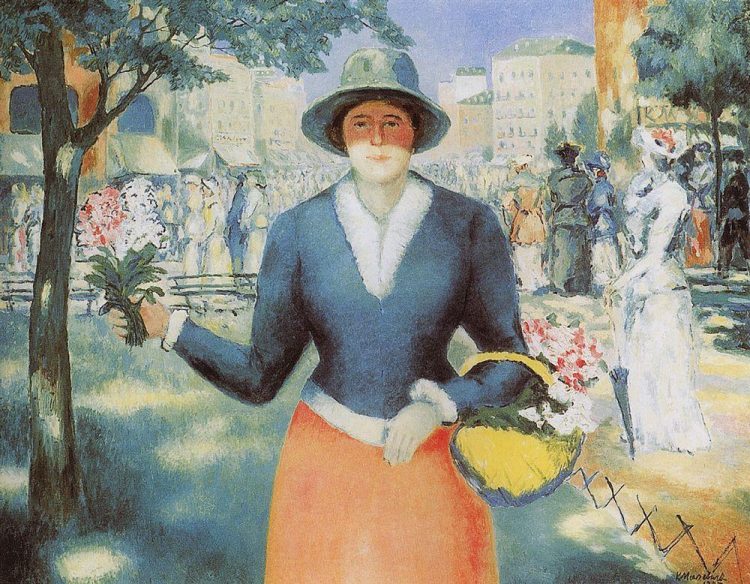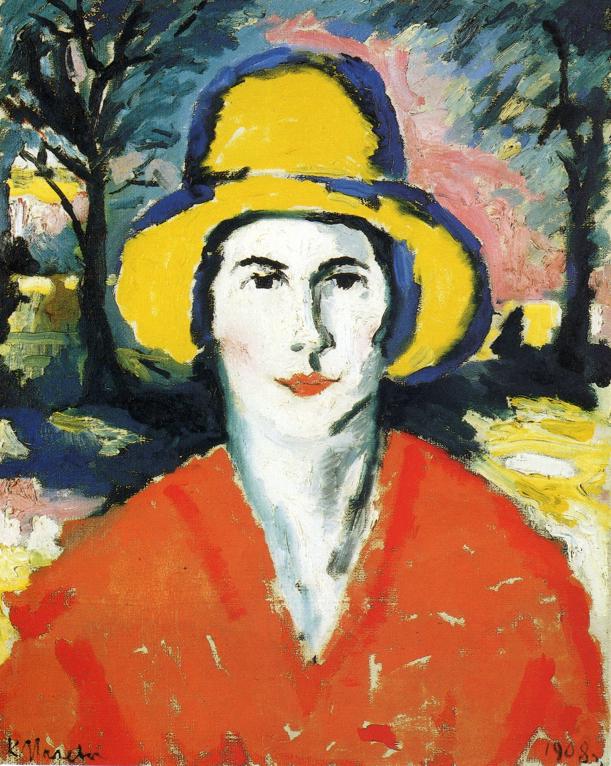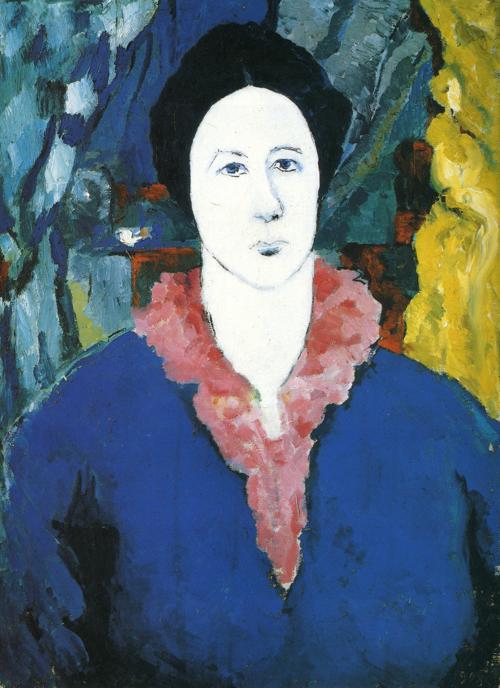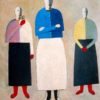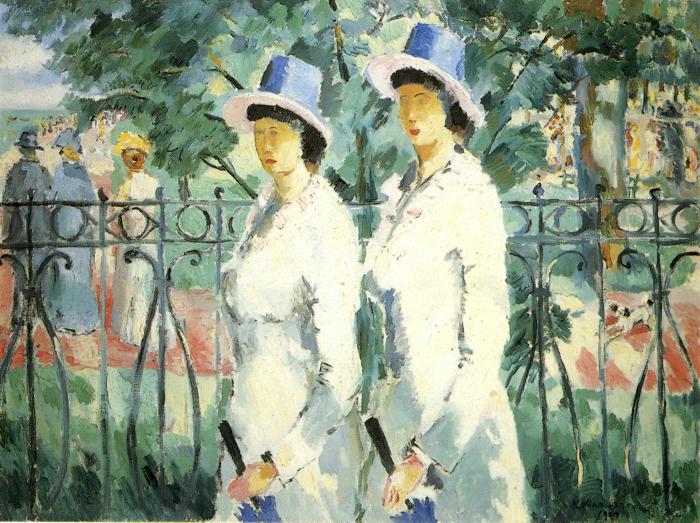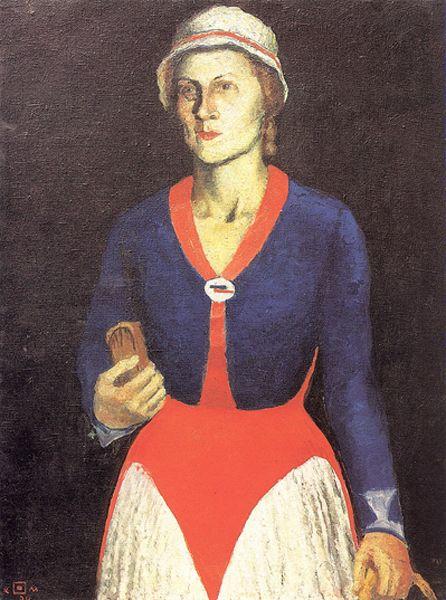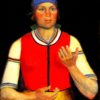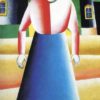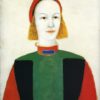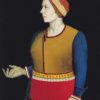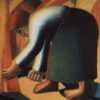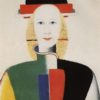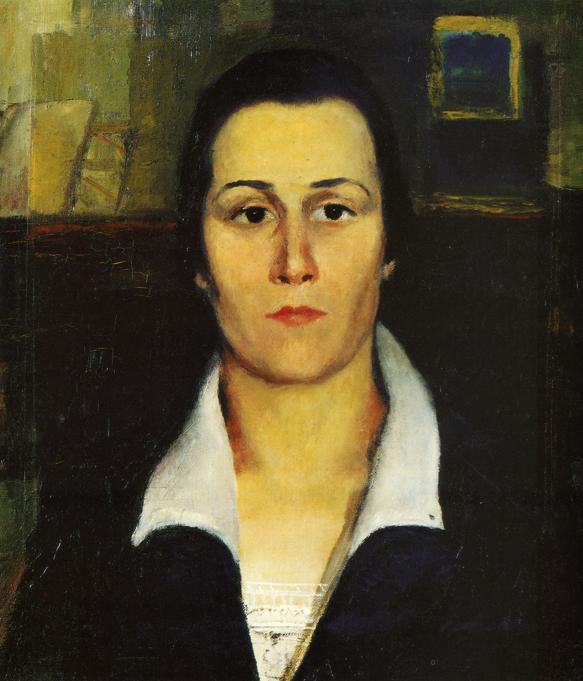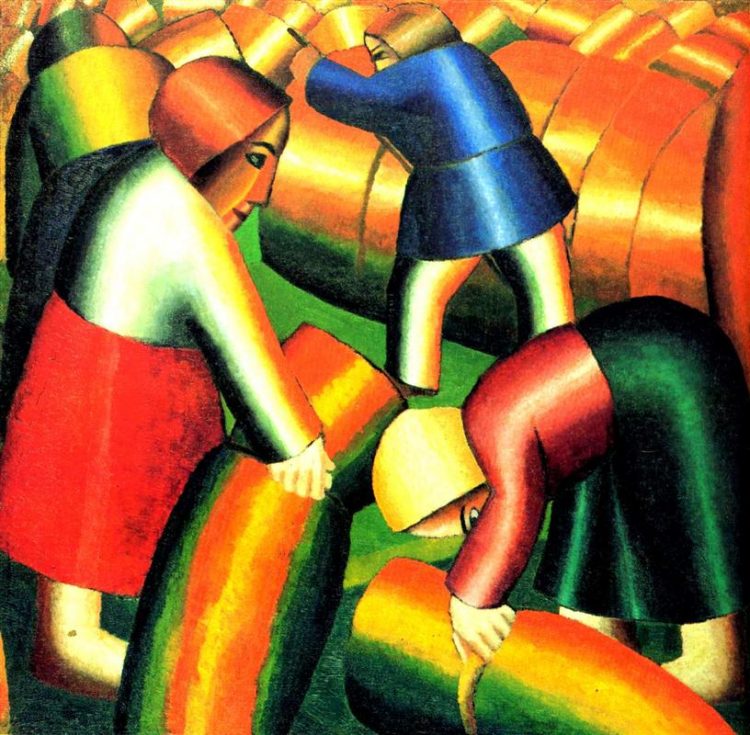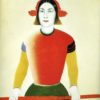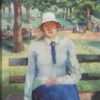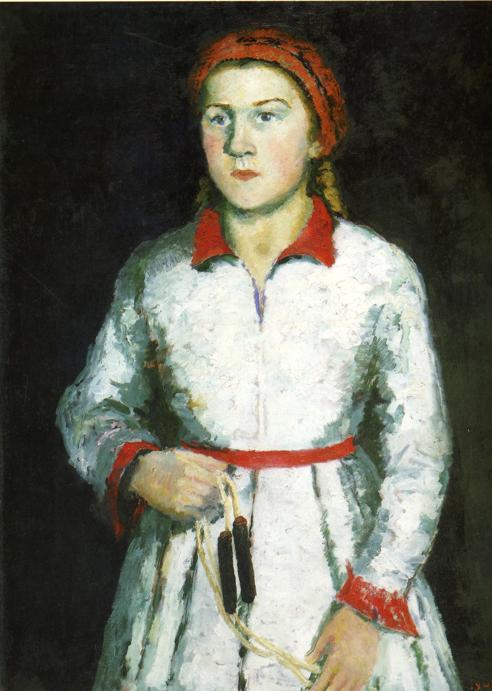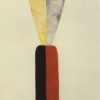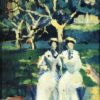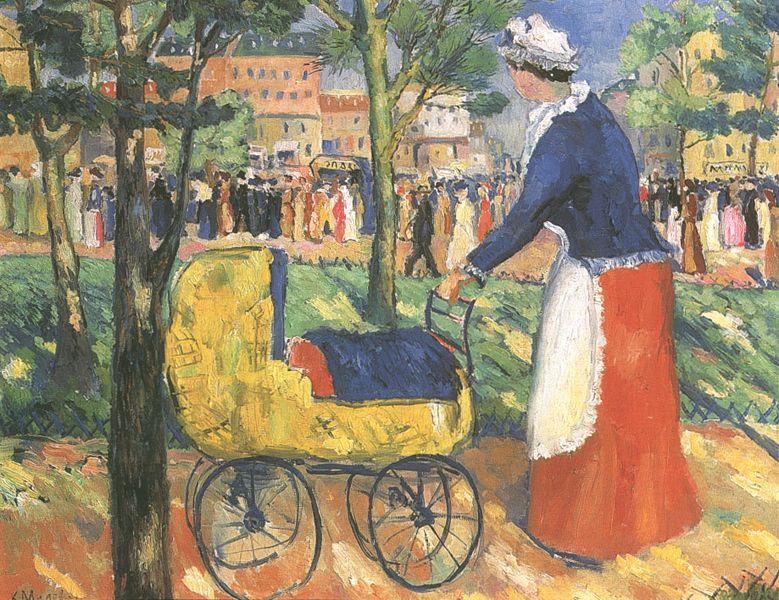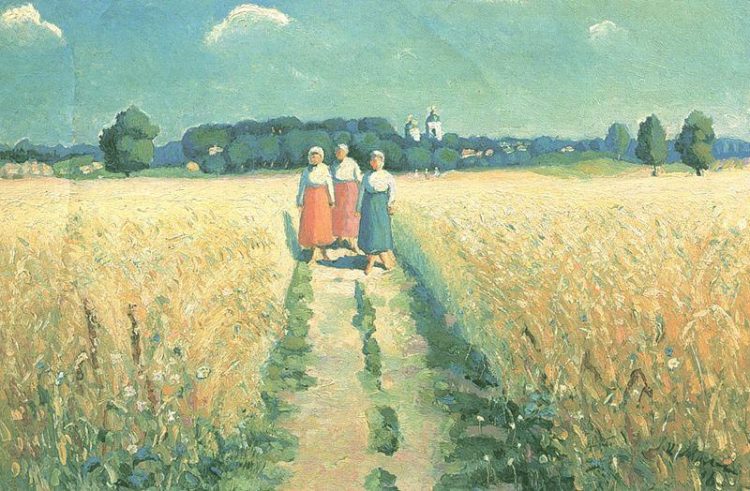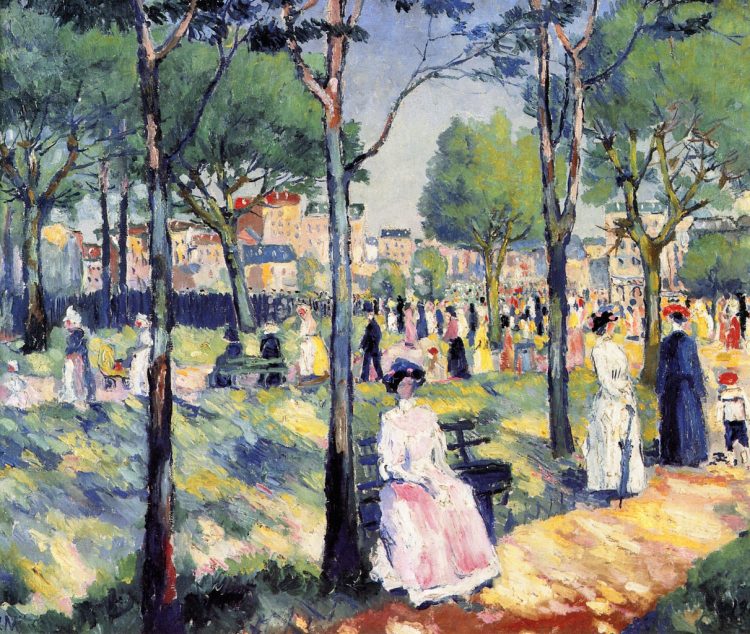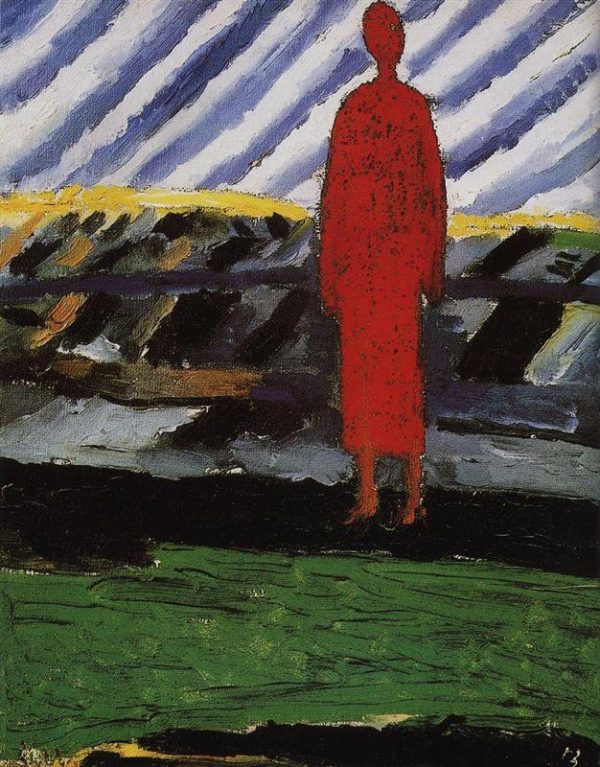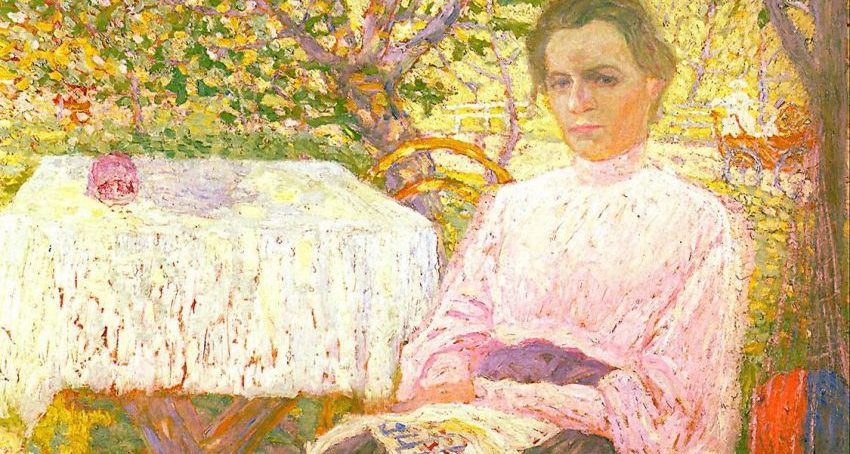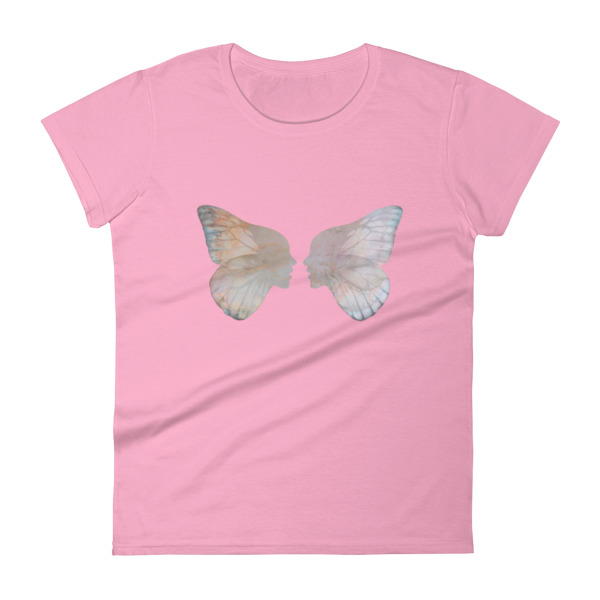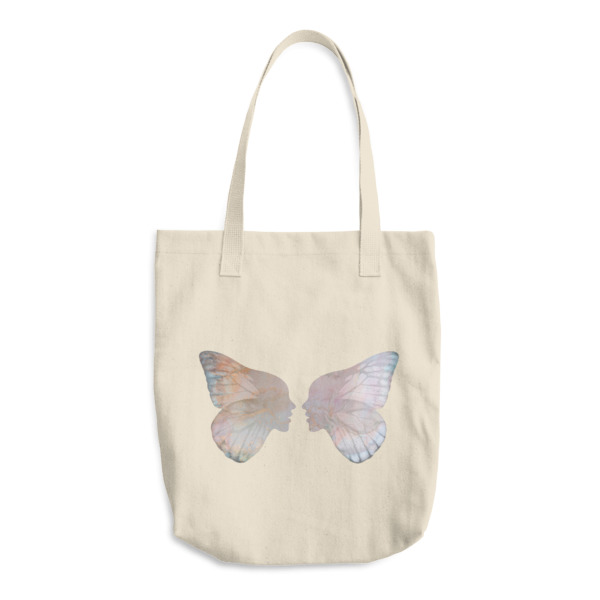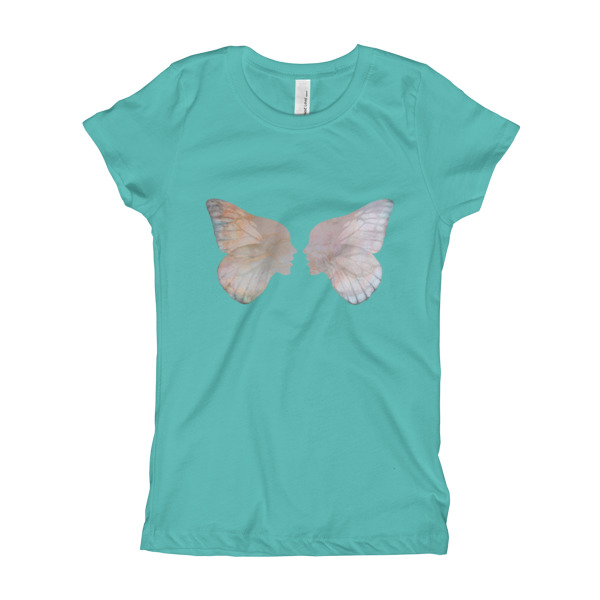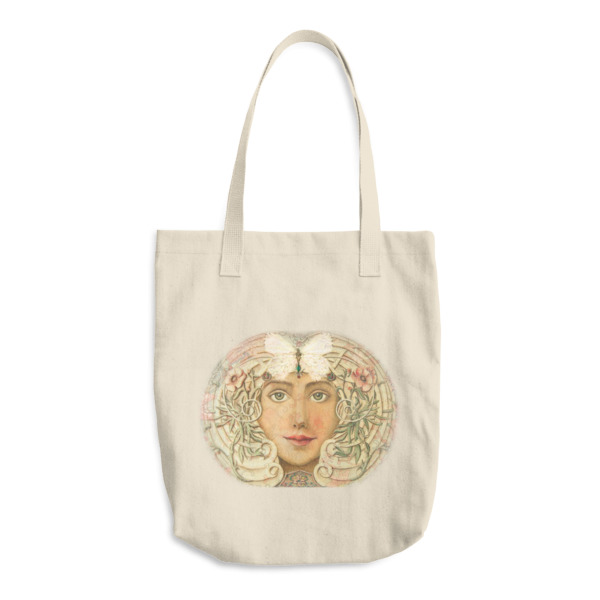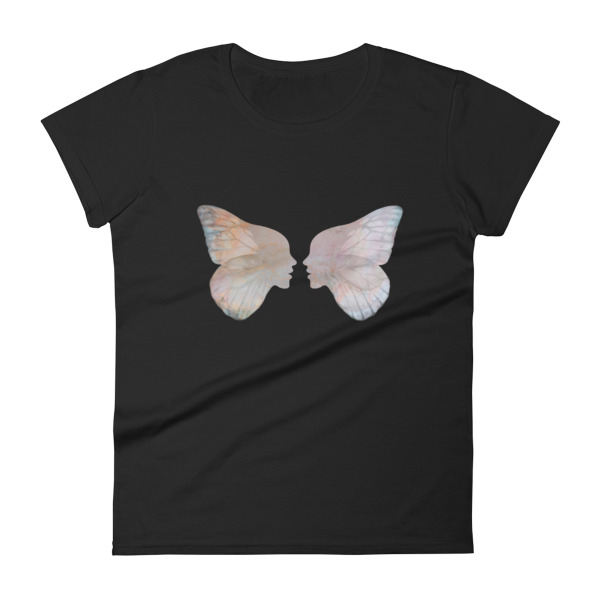Kazimir Malevich (1878–1935)
Kazimir Severinovich Malevich was a Russian painter and art theoretician. He was a pioneer of geometric abstract art and the originator of the avant-garde Suprematist movement. He was a devout Christian mystic who believed the central task of an artist was that of rendering spiritual feeling.
Kazimir Malevich lstudied at the Moscow School of Painting, Sculpture, and Architecture from 1904 to 1910 and in the studio of Fedor Rerberg in Moscow (1904 to 1910). In 1911 he participated in the second exhibition of the group, Soyuz Molodyozhi (Union of Youth) in St. Petersburg, together with Vladimir Tatlin and, in 1912, the group held its third exhibition, which included works by Aleksandra Ekster, Tatlin, and others. In the same year he participated in an exhibition by the collective, Donkey’s Tail in Moscow. By that time his works were influenced by Natalia Goncharova and Mikhail Larionov, Russian avant-garde painters, who were particularly interested in Russian folk art called lubok.
Malevich described himself as painting in a “Cubo-Futuristic” style in 1912. In March 1913 a major exhibition of Aristarkh Lentulov’s paintings opened in Moscow. The effect of this exhibition was comparable with that of Paul Cézanne in Paris in 1907, as all the main Russian avant-garde artists of the time (including Malevich) immediately absorbed the cubist principles and began using them in their works. Already in the same year the Cubo-Futurist opera, Victory Over the Sun, with Malevich’s stage-set, became a great success.
In 1914 Malevich exhibited his works in the Salon des Indépendants in Paris together with Alexander Archipenko, Sonia Delaunay, Aleksandra Ekster, and Vadim Meller, among others. Malevich also co-illustrated, with Pavel Filonov, Selected Poems with Postscript, 1907–1914 by Velimir Khlebnikov and another work by Khlebnikov in 1914 titled Roar! Gauntlets, 1908–1914, with Vladimir Burliuk. In 1915, Malevich laid down the foundations of Suprematism when he published his manifesto, From Cubism to Suprematism.
In 1915–1916 he worked with other Suprematist artists in a peasant/artisan co-operative in Skoptsi and Verbovka village. In 1916–1917 he participated in exhibitions of the Jack of Diamonds group in Moscow together with Nathan Altman, David Burliuk, Aleksandra Ekster and others. Famous examples of his Suprematist works include Black Square (1915) and White On White (1918).
